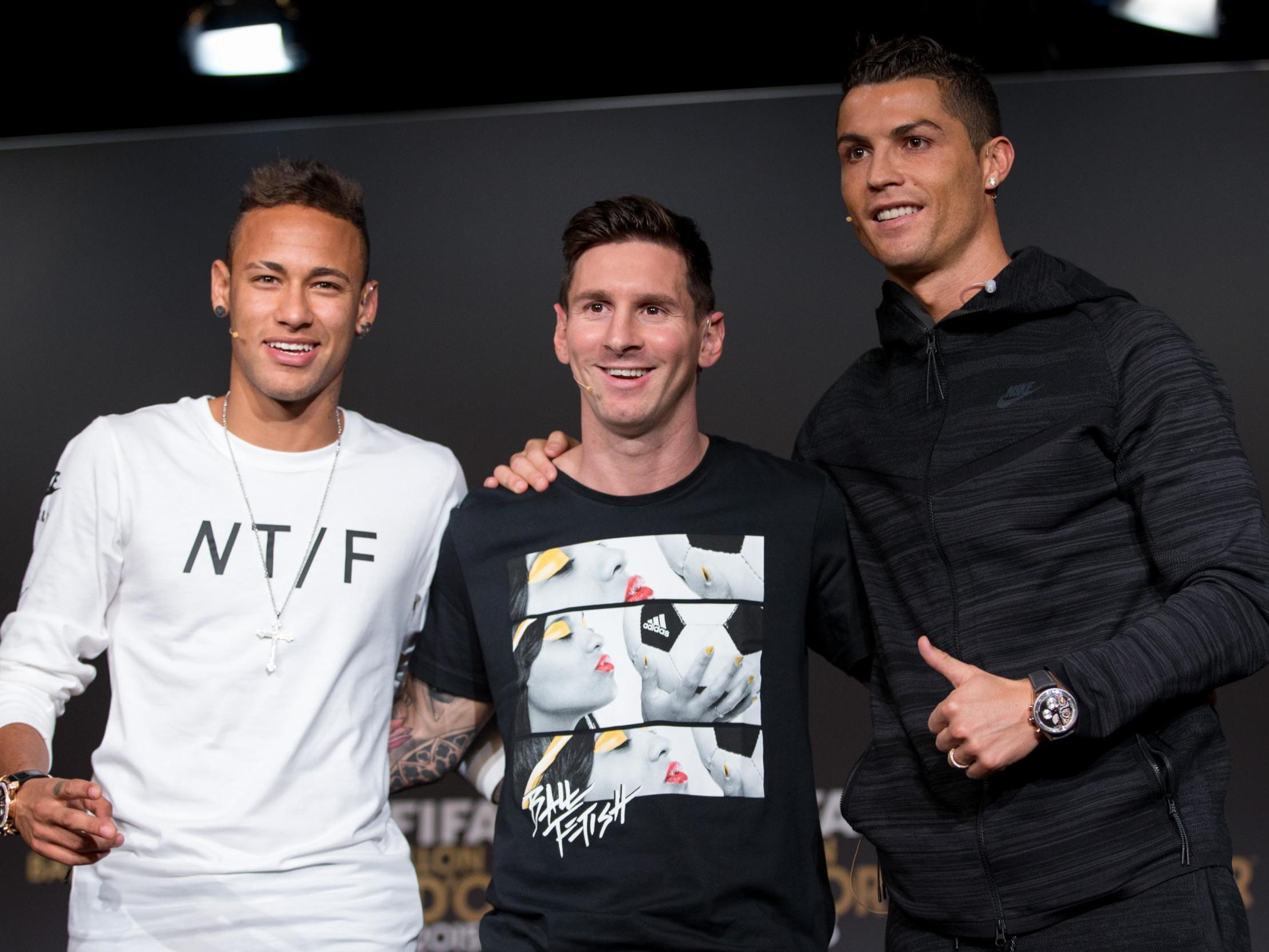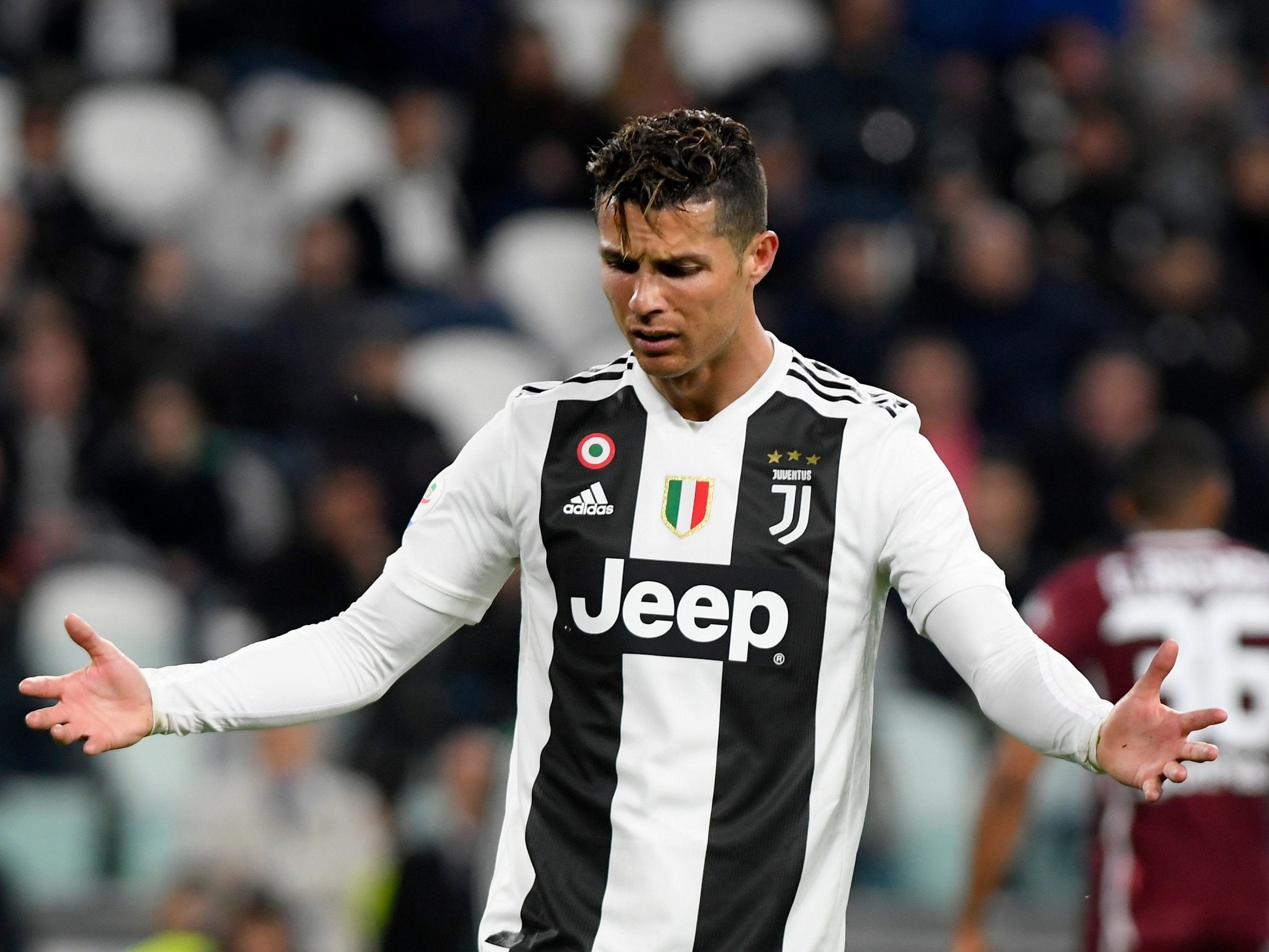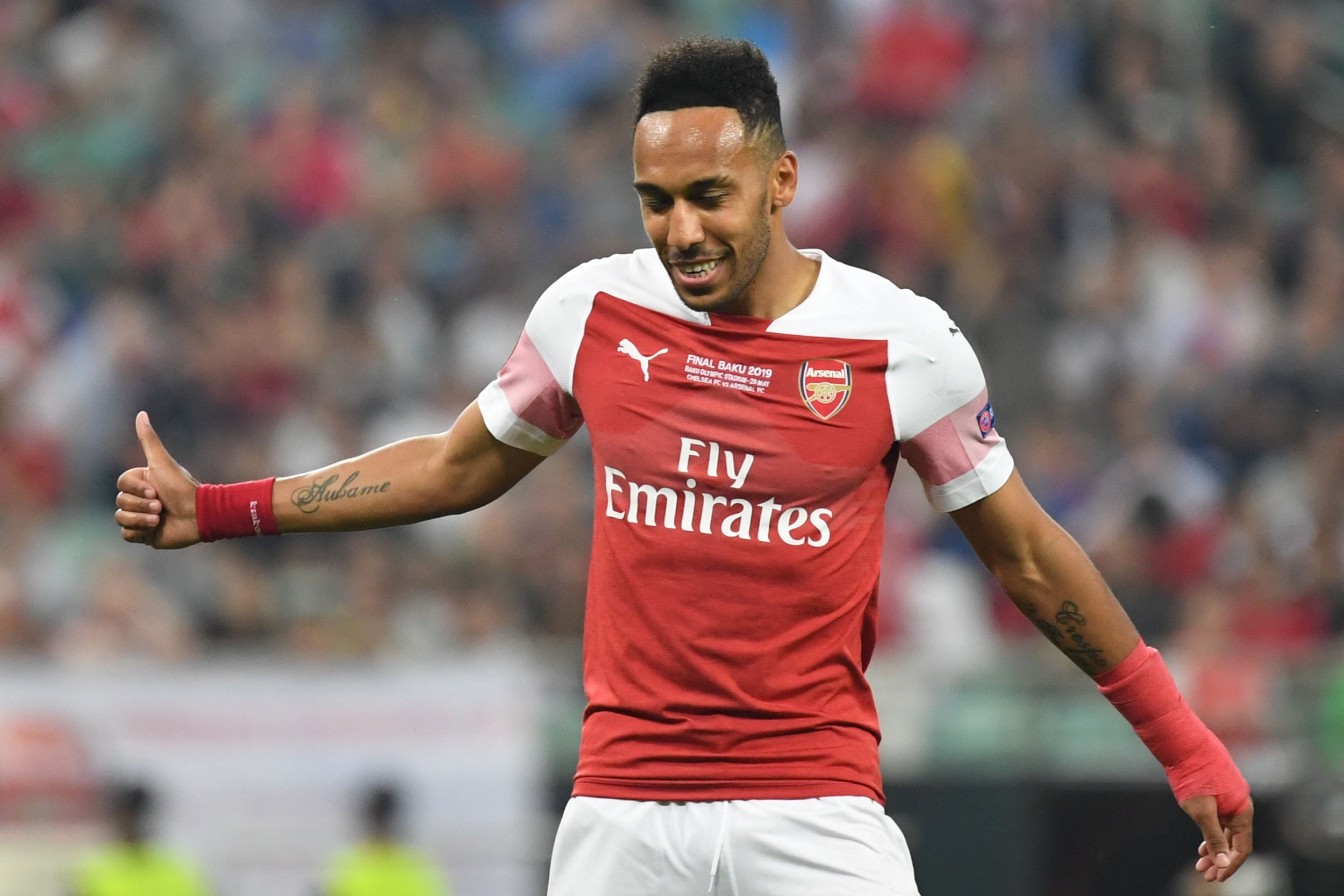From Real Madrid and PSG to Arsenal via Man Utd, how the new food chain is shaping the transfer market
With the 2019 summer transfer window well set to be one of the biggest ever, it’s worth considering who the biggest fish actually are; where that power actually lies
In the last few weeks of the negotiations for Eden Hazard, some senior figures at Chelsea did get a little frustrated with reports from Europe that stated a deal with Real Madrid had been agreed, when there was still a long way to go.
Such strategic leaks are fairly standard for Madrid, and a typical tactic when trying to get their man. They are not in any way standard for Chelsea, though.
This is not a situation they are used to. The sale of Thibaut Courtois to the same club may have been similar, but it was really just a sign of things to come, rather than the change. Hazard, however, is the first star they’ve lost who they really didn’t want to lose.
It marks a difference for them, and represents the start of a difference in the very power structure of the transfer market.
Chelsea, for so long one of the “sharks” of the football food chain, and a great blue shark at that – to use Jose Mourinho’s own phrase – finally found they were subject to some of the same forces the smaller fish are.
So, with the 2019 summer transfer window well set to be one of the biggest ever, it’s worth considering who the biggest fish actually are; where that power actually lies.
It is an issue often confused with vague ideas about the supposed “size” of a club. What matters here is actually much clearer, much cleaner, much clinical.
It comes down to the status of players you deal in, whether you are ever forced to sell them and – perhaps most telling – how often you can force your way to get them.
Mourinho’s description of “sharks” was thereby almost perfect. Some clubs are apex predators who always do the biting, while the majority can be just swimming along carefully before suffering big chunks ripped out of them.
It is something that can reasonably be sketched out, and is someway revelatory about what is to come; especially as regards what is likely to happen when one club goes up against other; what happens if Madrid do come back in for Paul Pogba; if Manchester United themselves do go in for Christian Eriksen.
The question comes down to what clubs – in the words of Ed Woodward – can “do things in the transfer market that most other clubs cannot”. It isn’t really United any more, something that itself shows how the football food chain has changed in just a few years.
Top tier: Real Madrid, Barcelona, Paris Saint-Germain, Manchester City
For most of the last decade, this would have been the sole preserve of the two Spanish giants. These apex predators still almost always get who they want – this summer we’ve already had the examples of Eden Hazard and Frenkie de Jong – but, alongside that, it’s worth considering how often City and PSG have to make sales they don’t want. Never. It hasn’t happened since the takeovers, and the Neymar transfer probably marked the point that they caught up, especially since it happened to come in the same summer that City embarked in such a spending spree it effectively set Pep Guardiola on this supreme surge of success. Barca did not of course want to lose Neymar then, but it is telling that PSG ultimately had to activate his release clause to get him. They weren’t going to be outmuscled, but it was still an almighty clash of football’s most traditional power against new money.

City haven’t yet had a signing like Neymar – as chairman Khaldoon al Mubarak made a point of mentioning in that recent interview – but they have had expenditure of a similar scale, and built a squad to match. Look how long they’ve kept players like Sergio Aguero and David Silva, despite interest from the two Spanish giants. These four are now all on the scale, all almost as powerful as each other for different reasons. It will likely be seen in this summer’s very moves: Madrid maybe taking a player from United; City from Juventus; Barcelona from Atletico Madrid; Paris Saint-German maybe pipping them all to someone from Ajax. This is where the most power lies.
Second tier: Manchester United, Liverpool, Juventus
United have the financial power and status to be in the top tier but they have for a long time fallen short of that, because they lack what Liverpool and Juventus have: an awful lot of intelligence as regards recruitment. They are as smart and canny as Manchester City, even if they obviously don’t have the same wealth. The effect of all this – and, as with Guardiola at City, a manager as charismatic as Jurgen Klopp – similarly means that Juve and Liverpool have become more appealing and United less so. Hence the decisions of players like Virgil van Dijk and Cristiano Ronaldo. Hence United having to offer a lot of money to players like Mattijs de Ligt to compensate in for a lot of flaws.

Third tier: Chelsea, Bayern Munich, Internazionale, Atletico Madrid
Two of these for so long would have been second tier but recent movements mean it’s impossible not to conclude they’ve slipped. That’s not just about Chelsea losing Hazard, or Bayern having to rely on a Madrid cast-off like James Rodriguez. It’s that Chelsea for a long time haven’t invested as much – even before this pending transfer ban – and Bayern aren’t buying as intelligently. The London club are already a long way from making the kind of waves in the market they did at the start of the Abramovich era, but it’s striking we haven’t seen a forensically planned summer like 2014 since then.
Bayern used to have those all the time, most notably when they got Arjen Robben. It doesn’t feel like either are making those type of signings. They’re operating in a secondary market of younger players, and it doesn’t feel a coincidence there’s been an increasing amount of business between these two and Atletico over the last few years. Inter have now risen to that market due to an injection of cash, but says much they’re targeting so many older cast-offs this summer. The other side of the same issue.

Fourth tier: Tottenham Hotspur, Arsenal
You only have to look at their budgets this summer to see the issue. It’s why neither at this point can just go out and claim the lynch-pin signing that would massively solve a position like they need, and why Arsenal now look incapable of another Pierre Emerick-Aubameyang signing. Both have to shop with more canniness, in more constrained markets.
Join our commenting forum
Join thought-provoking conversations, follow other Independent readers and see their replies
Comments